Exploring Cloud Computing Risks and Security Hurdles
The Data Administration Newsletter
OCTOBER 17, 2023
The worldwide shift toward cloud computing significantly changes how businesses approach data management and operation. Regardless of whether private, public, or hybrid cloud models are employed, the advantages of cloud computing are numerous, including heightened efficiency, reduced expenses, and increased flexibility.




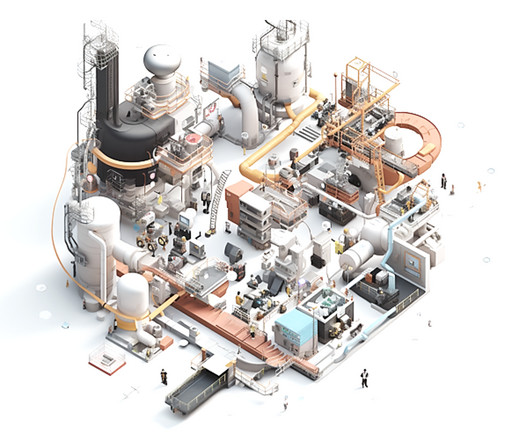


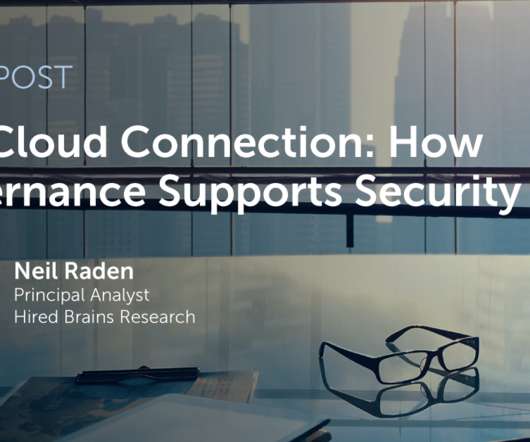

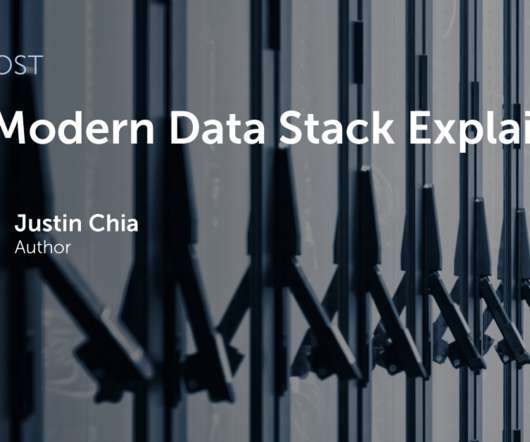
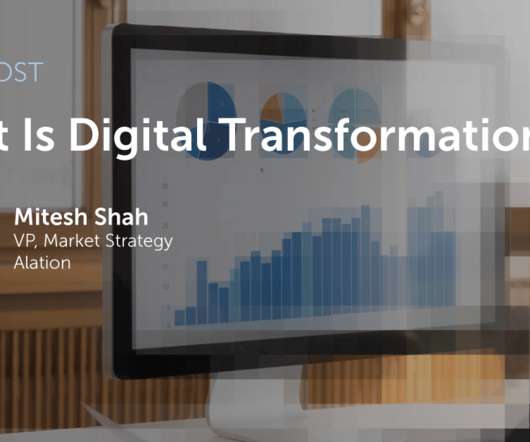

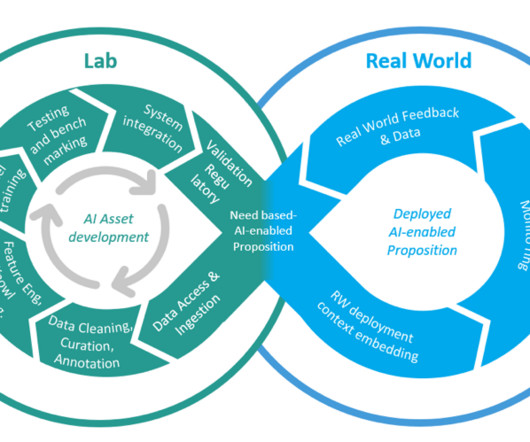
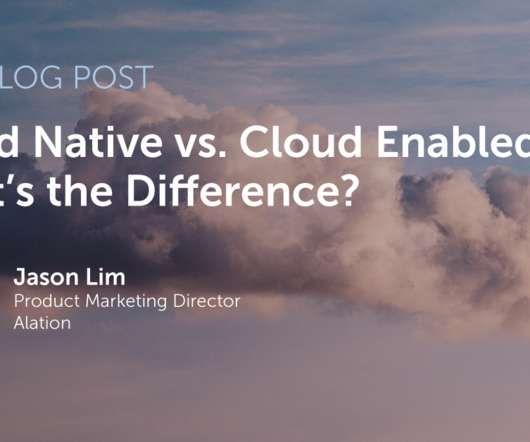
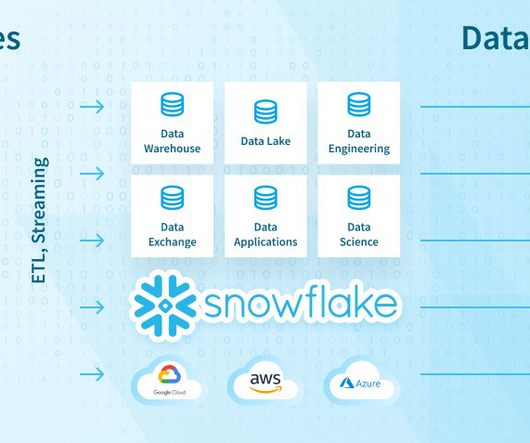







Let's personalize your content